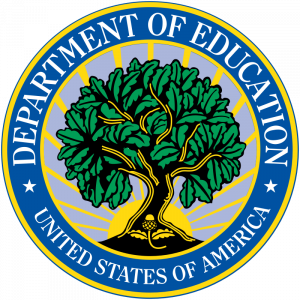 Robotic Process Automation (RPA). It may sound like a premise to a movie where robots take over the world, but it's very real and it's helping organizations realize modernization goals. Despite the name, RPA has nothing to do with robots. It is about software that uses artificial intelligence (AI) to automate high-volume, repetitive tasks. This can include queries, calculations, and maintenance of records and transactions.
Robotic Process Automation (RPA). It may sound like a premise to a movie where robots take over the world, but it's very real and it's helping organizations realize modernization goals. Despite the name, RPA has nothing to do with robots. It is about software that uses artificial intelligence (AI) to automate high-volume, repetitive tasks. This can include queries, calculations, and maintenance of records and transactions.
In government, RPA is already being implemented in a wide variety of applications.
- Inspections - As agencies look to modernize the way they perform inspections of the water we drink, the roads we travel, and the buildings we travel to, they are using RPA to move off paper-dependent processes.
- Claims review -- RPA is built into an intake tool used by the Centers for Medicare and Medicaid that ingests records, automating the process and identifying potential problems.
- Procurement - RPA is being used to automate and streamline the close-out process of government contracts, freeing up staff to work on actual programs, rather than spending time documenting that work.
- IT asset management - Managing IT assets is a combination of automated and manual tasks. The introduction of RPA greatly reduces the need for manual intervention when it comes to enforcing governance and process, freeing up staff to work on mission-focused projects rather than tracking the technology used on those projects.



 In place since 2014, the Federal Information Technology Acquisition Reform Act (FITARA) has aimed to provide guidance and checkpoints for agencies' modernization efforts. Over the years, the compliance status of the agencies has had its
In place since 2014, the Federal Information Technology Acquisition Reform Act (FITARA) has aimed to provide guidance and checkpoints for agencies' modernization efforts. Over the years, the compliance status of the agencies has had its 


